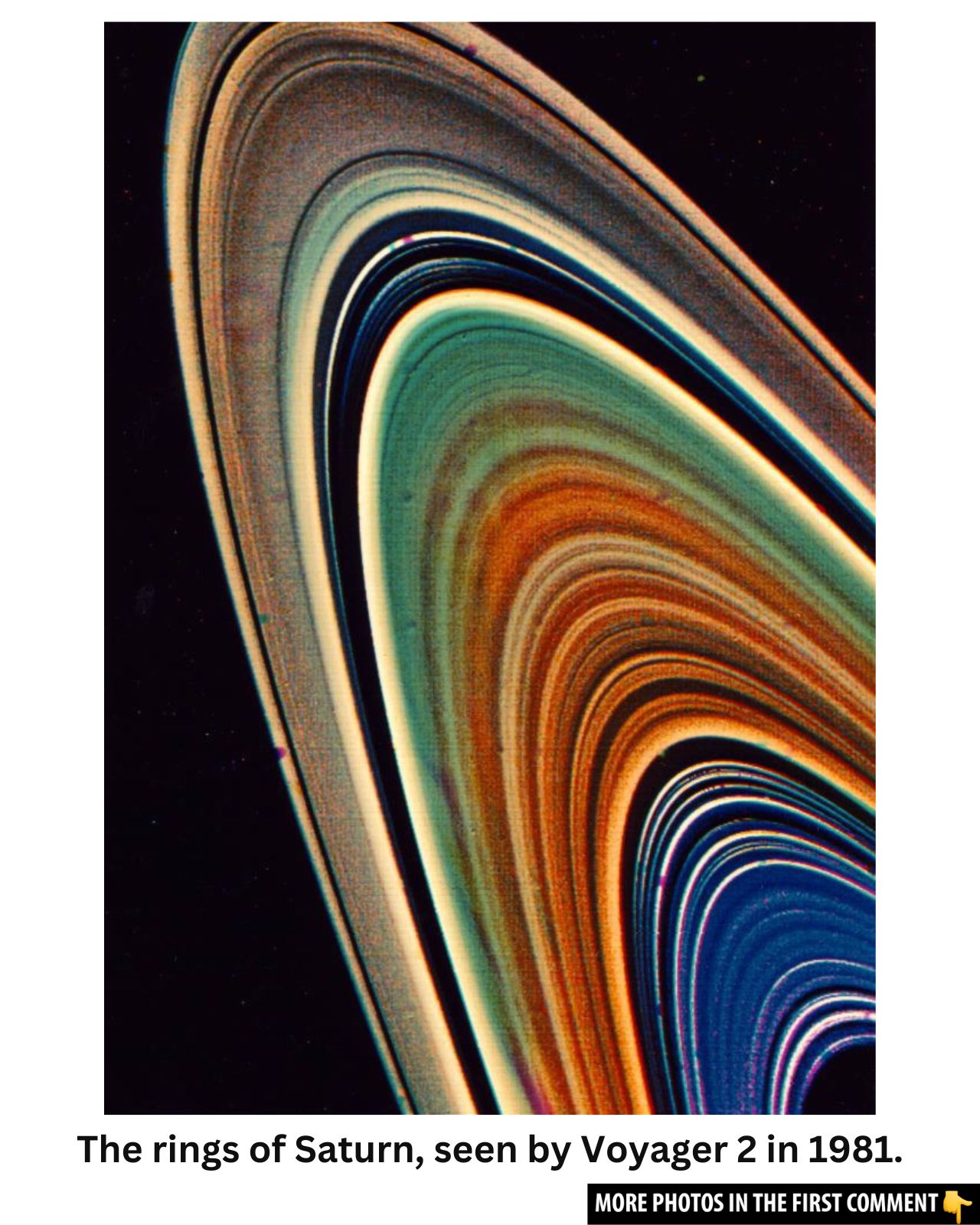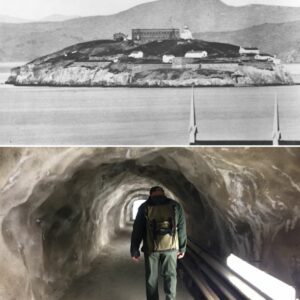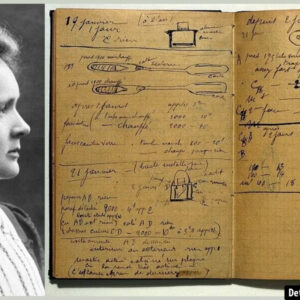Forty years ago, NASA’s Voyager 2 spacecraft achieved one of the most iconic moments in the history of space exploration. Launched in 1977, Voyager 2 was part of a mission that revolutionized our understanding of the outer planets and the mysteries of the universe. On August 25, 1981, Voyager 2 made its closest approach to Saturn, sending back unprecedented data and images of the ringed planet and its moons. The spacecraft’s flyby not only provided groundbreaking scientific discoveries but also marked a pivotal moment in human space exploration. As we look back on this achievement, we can better appreciate how Voyager 2’s journey continues to shape our exploration of space and our quest for knowledge beyond the solar system.
The Launch and Initial Journey of Voyager 2 (1977)
Voyager 2 was launched on August 20, 1977, just a few weeks before its twin, Voyager 1. The goal of the mission was to explore the outer planets of the solar system—Jupiter, Saturn, Uranus, and Neptune—taking advantage of a rare planetary alignment that happens only once every 175 years. This alignment allowed the spacecraft to use gravity assists from the planets to travel from one to the next without the need for excessive fuel. Voyager 2’s trajectory was carefully plotted to make it the first spacecraft to visit all of the gas giants, and it would eventually become the only one to reach both Uranus and Neptune.

After a successful journey through the asteroid belt, Voyager 2 made its first significant stop at Jupiter in 1979. The spacecraft provided invaluable data, returning 17,000 photographs and important scientific information about the giant planet and its moons. The flyby also allowed Voyager 2 to gather enough speed to continue its journey to Saturn.
Video
Watch What Did Voyager 2 See During its Journey Out of the Solar System? 1977-2019 (4k UHD) to explore its incredible journey beyond our solar system!
The Voyager Program: A Brief History
The Voyager program was a groundbreaking venture that changed the course of space exploration. While Voyager 2 was tasked with exploring the outer planets, its twin, Voyager 1, also had its own significant mission: it made its closest approach to Saturn in November 1980. However, what made Voyager 2’s mission unique was its extended journey. Thanks to the rare planetary alignment, Voyager 2 not only visited Saturn but also continued to Uranus and Neptune—worlds never before explored by human-made spacecraft. Both Voyagers carried a suite of 11 instruments designed to provide the most detailed observations possible, ranging from imaging systems to magnetometers and ultraviolet spectrometers.
Voyager 2’s Close Encounter with Saturn (1981)
On August 25, 1981, Voyager 2 made its closest approach to Saturn, at a distance of just 26,000 miles above the planet’s cloud tops. During this encounter, the spacecraft sent back stunning images of Saturn’s rings and moons, marking one of the most important moments of the mission. The spacecraft captured detailed photographs of Saturn’s rings, which were far more complex than scientists had originally believed. The images also revealed new information about the planet’s moons, some of which had never been studied up close before.
Voyager 2 also provided groundbreaking data about Saturn’s atmosphere and magnetosphere. The spacecraft’s instruments were able to measure the planet’s magnetic field and its interaction with the solar wind, helping scientists understand the dynamics of the ringed planet. These observations paved the way for future studies of other gas giants, including Jupiter and Neptune.
Exploring Saturn’s Moons: New Discoveries
Perhaps one of the most exciting parts of Voyager 2’s flyby was the wealth of information gathered about Saturn’s moons. The spacecraft’s images revealed the distinct features of several moons, including Iapetus, Hyperion, Titan, Enceladus, and Phoebe. These moons showed a variety of surface features, including craters, ice geysers, and atmospheric clouds.
Titan, Saturn’s largest moon, was of particular interest due to its thick orange atmosphere. Voyager 2 passed within 413,000 miles of Titan and provided the first detailed images of the moon’s cloud cover. This data was crucial in helping scientists understand the composition of Titan’s atmosphere, which is now known to be rich in methane and other gases.
The F-Rings and Shepherd Moons: Prometheus and Pandora
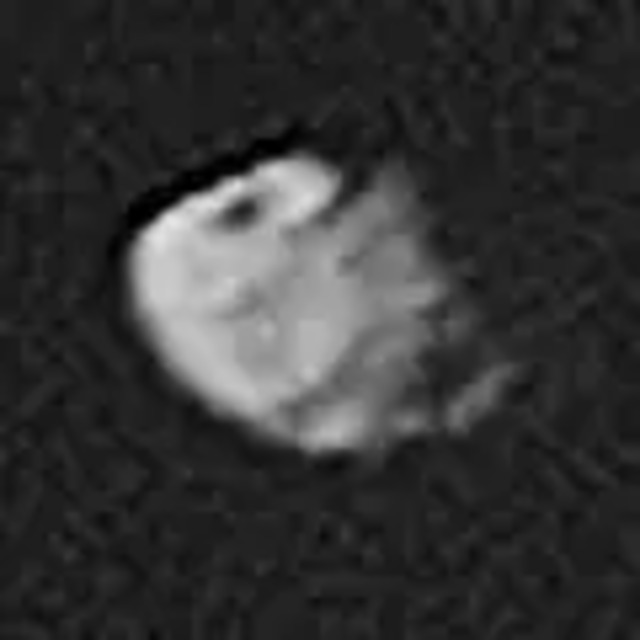
One of the most fascinating discoveries from Voyager 2’s flyby was the observation of Saturn’s F-ring and its shepherd moons, Prometheus and Pandora. These moons play a vital role in maintaining the structure of Saturn’s F-ring by using their gravitational pull to herd particles into the distinct ring pattern we see today. Voyager 2’s images of these moons showed their close proximity to the F-ring and provided insights into how these small moons influence the dynamics of Saturn’s ring system.
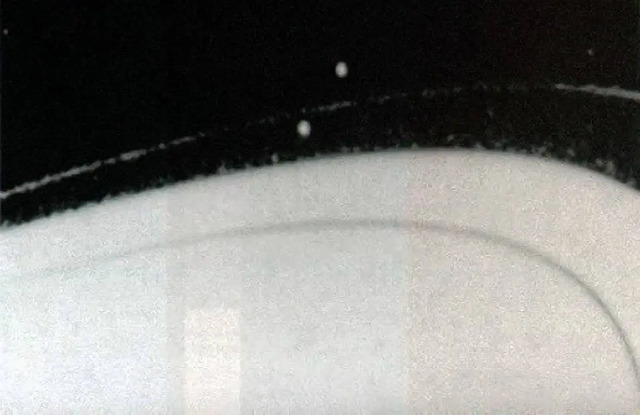
Images from the Edge of Space: Stunning Photos of Saturn
The images returned by Voyager 2 during its Saturn flyby were nothing short of breathtaking. The spacecraft sent back over 16,000 photographs, many of which captured Saturn’s rings in high detail. These images allowed scientists to study the composition and structure of the rings and gain insights into their formation. Voyager 2 also provided the first close-up images of Saturn’s small moons, including Janus, Tethys, and Phoebe, which had never been seen so clearly before.

The spacecraft’s ability to capture such stunning photographs from millions of miles away was a testament to the precision of NASA’s technology and the expertise of the team working on the mission.
The Journey Continues: From Saturn to Uranus and Beyond
After its flyby of Saturn, Voyager 2 continued its journey toward Uranus, where it would conduct the first-ever reconnaissance of the planet and its moons. In January 1986, Voyager 2 reached Uranus and began sending back valuable data about the ice giant and its moons. This was the first time humanity had observed Uranus in detail, and the mission provided crucial information that continues to inform our understanding of the planet today.
From Uranus, Voyager 2 continued its journey to Neptune, where it conducted another historic flyby in 1989. After these encounters, the spacecraft left the outer planets behind and began its journey into interstellar space.
Voyager 2’s Current Status: An Ongoing Legacy
As of today, Voyager 2 continues its mission as part of NASA’s Interstellar Mission. The spacecraft is now over 14 billion miles from Earth, traveling through the vast reaches of interstellar space. Although some of its instruments have been turned off to conserve power, Voyager 2 continues to return valuable data about cosmic rays and the solar wind. Scientists hope that the spacecraft will continue to operate and transmit data for several more years, providing insights into the unknown regions of space.
The Golden Record: A Message to the Stars
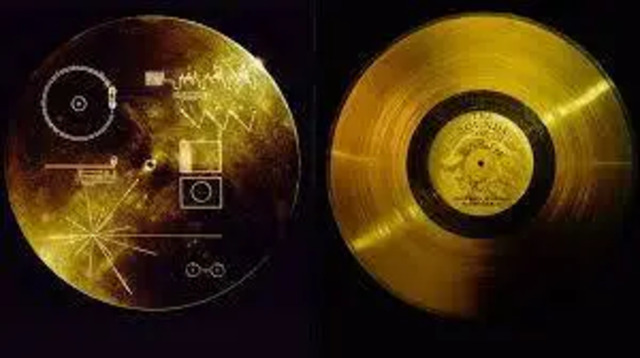
In addition to its scientific instruments, Voyager 2 carries a golden record, a message to potential extraterrestrial civilizations. The record contains sounds, images, and greetings from Earth, offering a snapshot of humanity for any intelligent beings that might one day encounter the spacecraft. The golden record is one of the most ambitious projects ever undertaken in space exploration, a symbolic gesture of humanity’s desire to reach out beyond our world and into the cosmos.
Conclusion: Reflecting on Voyager 2’s Impact on Space Exploration
Voyager 2’s flyby of Saturn and its subsequent missions to Uranus and Neptune were pivotal moments in the history of space exploration. The data and images returned by the spacecraft transformed our understanding of the outer planets and their moons. Voyager 2’s legacy continues to shape our exploration of space, and its journey into interstellar space is a testament to the lasting impact of human curiosity and ingenuity.
As we reflect on the 40th anniversary of Voyager 2’s flyby of Saturn, we are reminded of the incredible achievements of this spacecraft and its mission. Voyager 2 has not only expanded our knowledge of the solar system but has also set the stage for future missions that will continue to push the boundaries of space exploration. Its journey is far from over, and the discoveries it continues to make will inspire generations to come.
Gallery: Voyager 2’s Incredible Images and Scientific Findings
A selection of some of the most stunning and important images returned by Voyager 2 during its mission to Saturn and beyond.
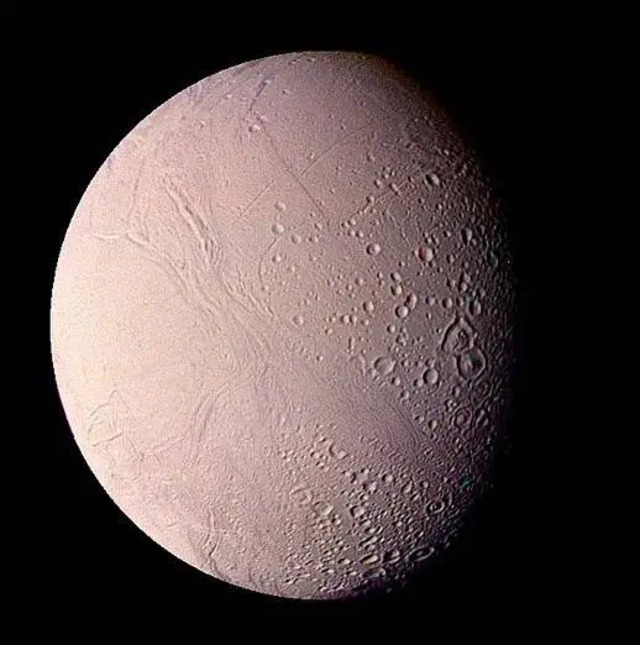
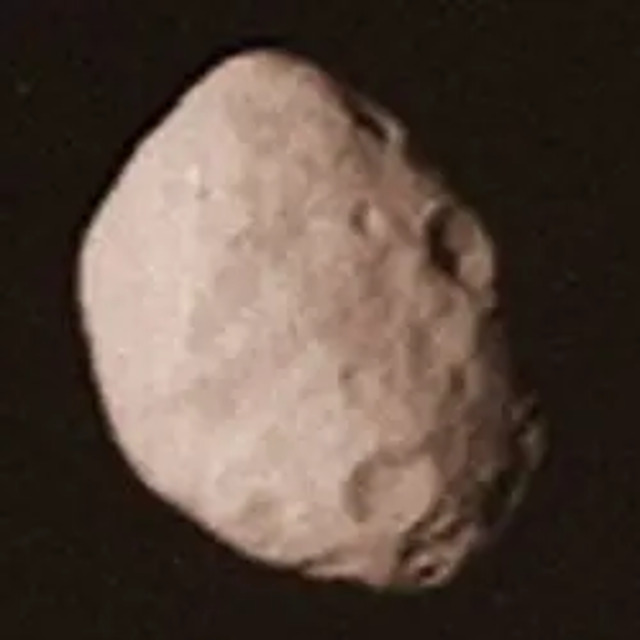
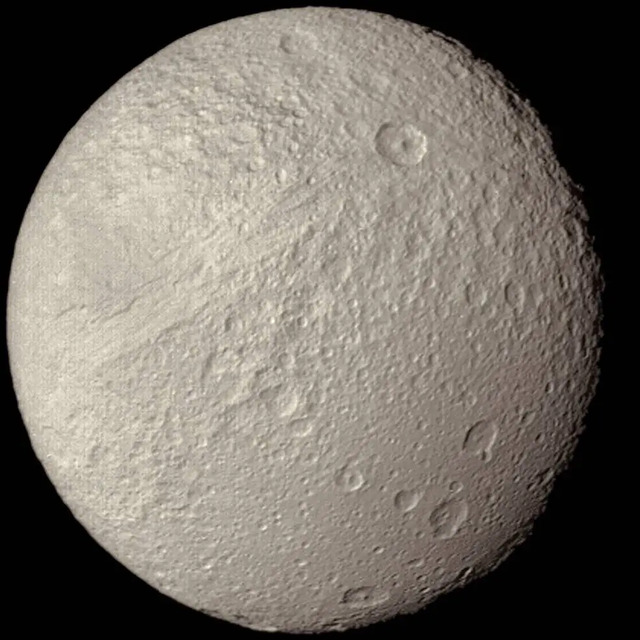

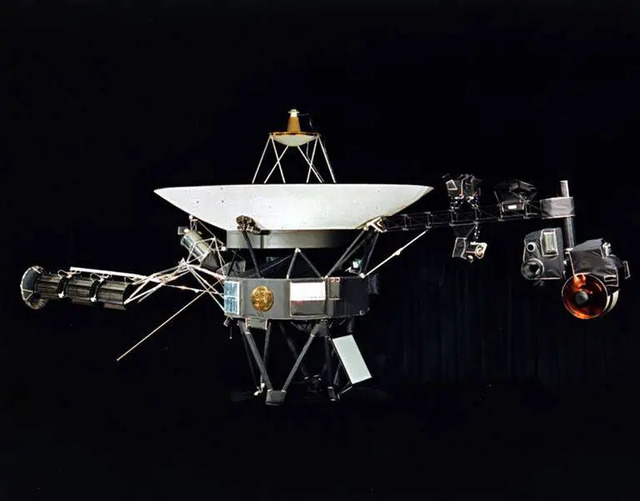
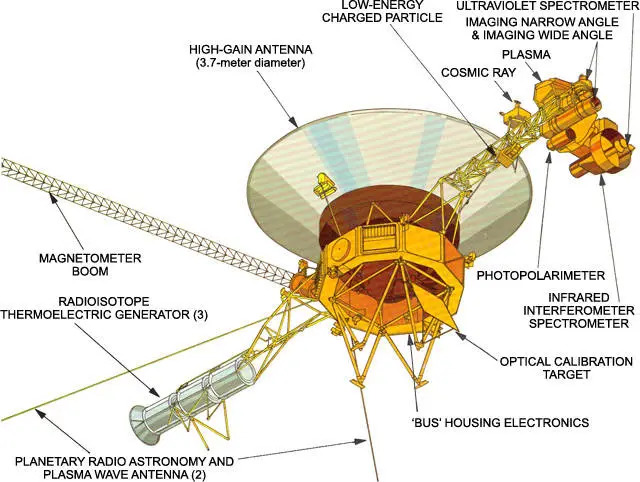
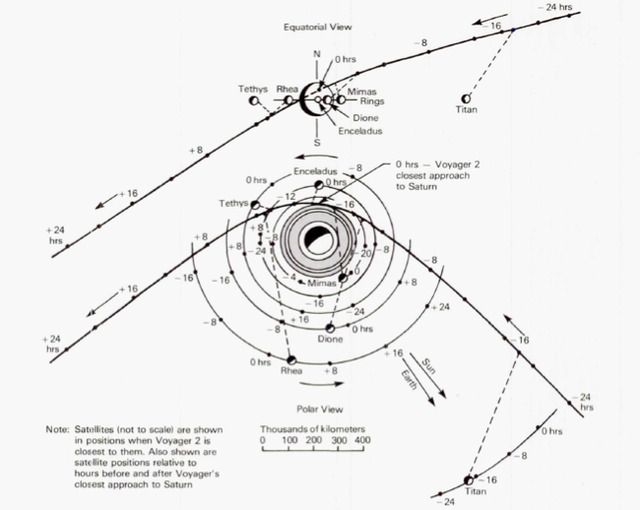
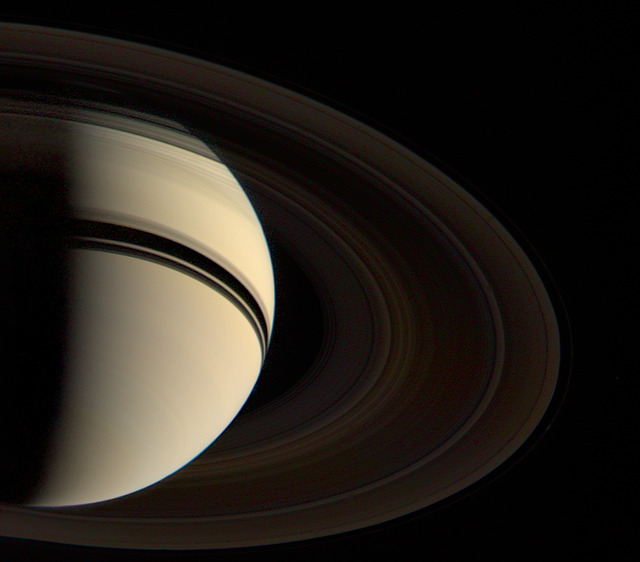
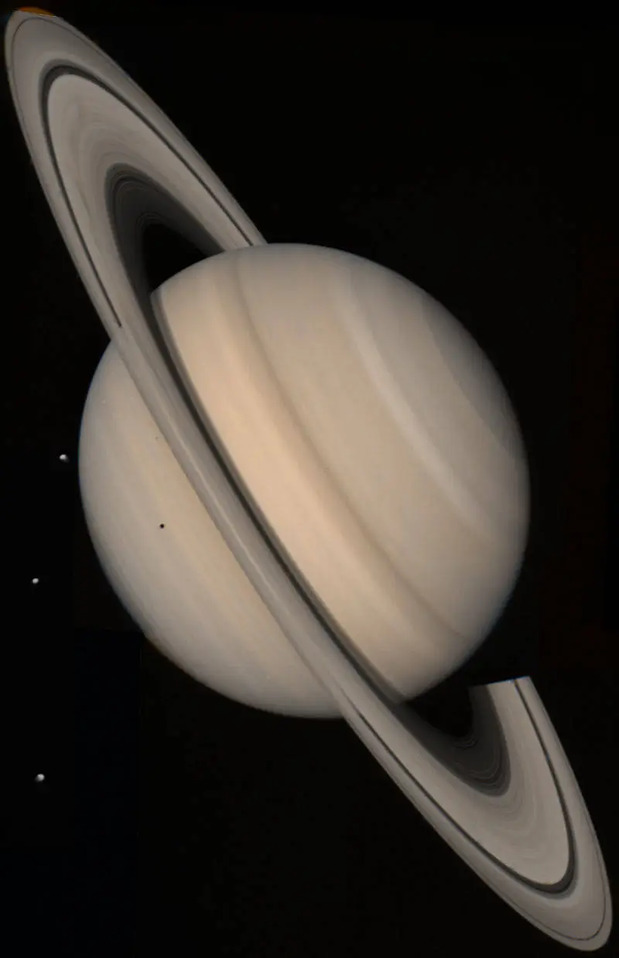
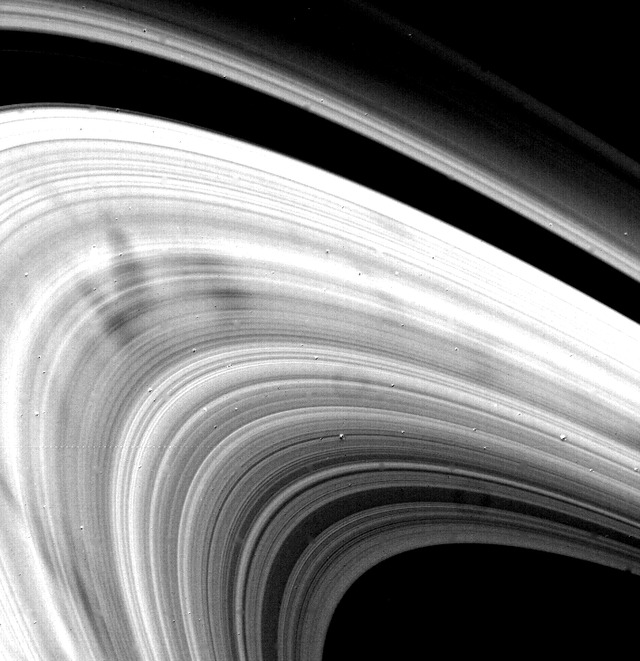
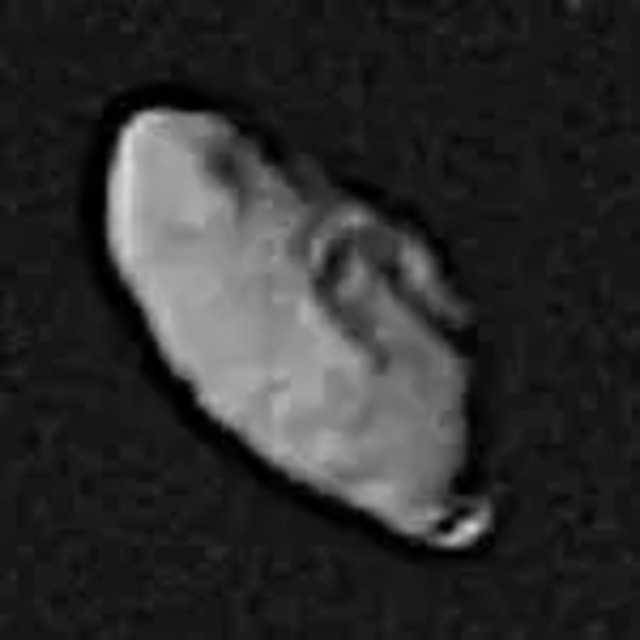
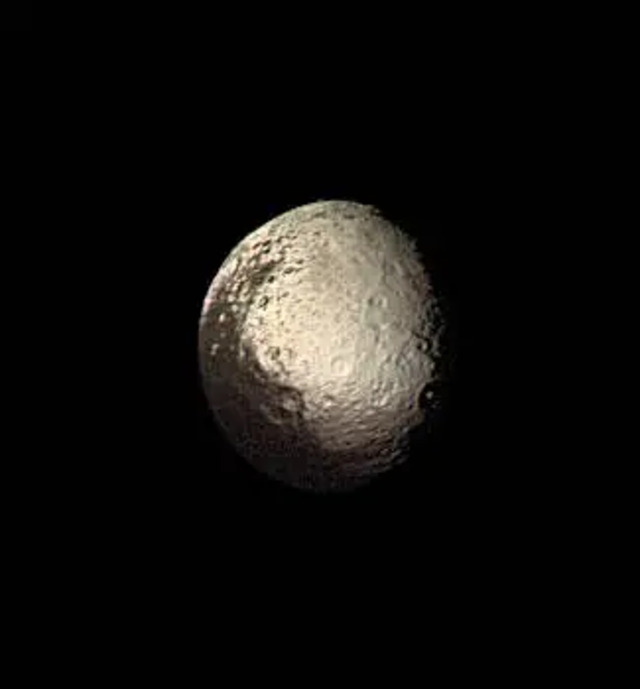
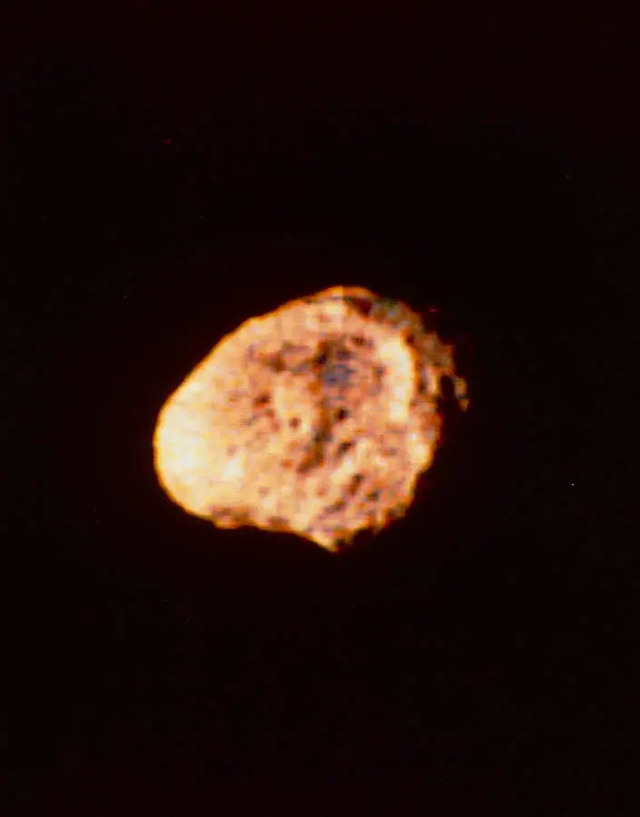

Video
Watch Journey Across the Solar System Through the Eyes of the Voyager Probes to experience the solar system like never before through Voyager’s perspective!
